Why Heated Clothing is the Future of Winter Fashion
Winter fashion is evolving, and you’re at the center of this transformation. Heated clothing is changing how you stay warm, blending cutting-edge technology with sleek designs. Imagine stepping outside on a freezing day and feeling cozy without piling on bulky layers. That’s the magic of heated apparel.
The market for heated clothing is booming. It’s expected to grow from $0.35 billion in 2024 to $0.71 billion by 2032, with a 9.14% annual growth rate. This surge reflects your demand for smarter, more sustainable options. Companies are now using recycled fabrics and energy-efficient heating elements to create eco-friendly solutions. Whether it’s a heated vest or a jacket, these innovations are reshaping your winter wardrobe.
Key Takeaways
- Heated clothes use new technology and look stylish, keeping you warm without heavy layers.
- More people want heated clothes, so the market is growing fast with eco-friendly and smart fashion ideas.
- These clothes let you change heat levels, so you stay comfy during sports or daily travel.
- New heated clothes have smart features like app controls and save energy, making them better for users and the planet.
- Buying heated clothes gives you great warmth, comfort, and style, making them perfect for winter outfits.
What is Heated Clothing?
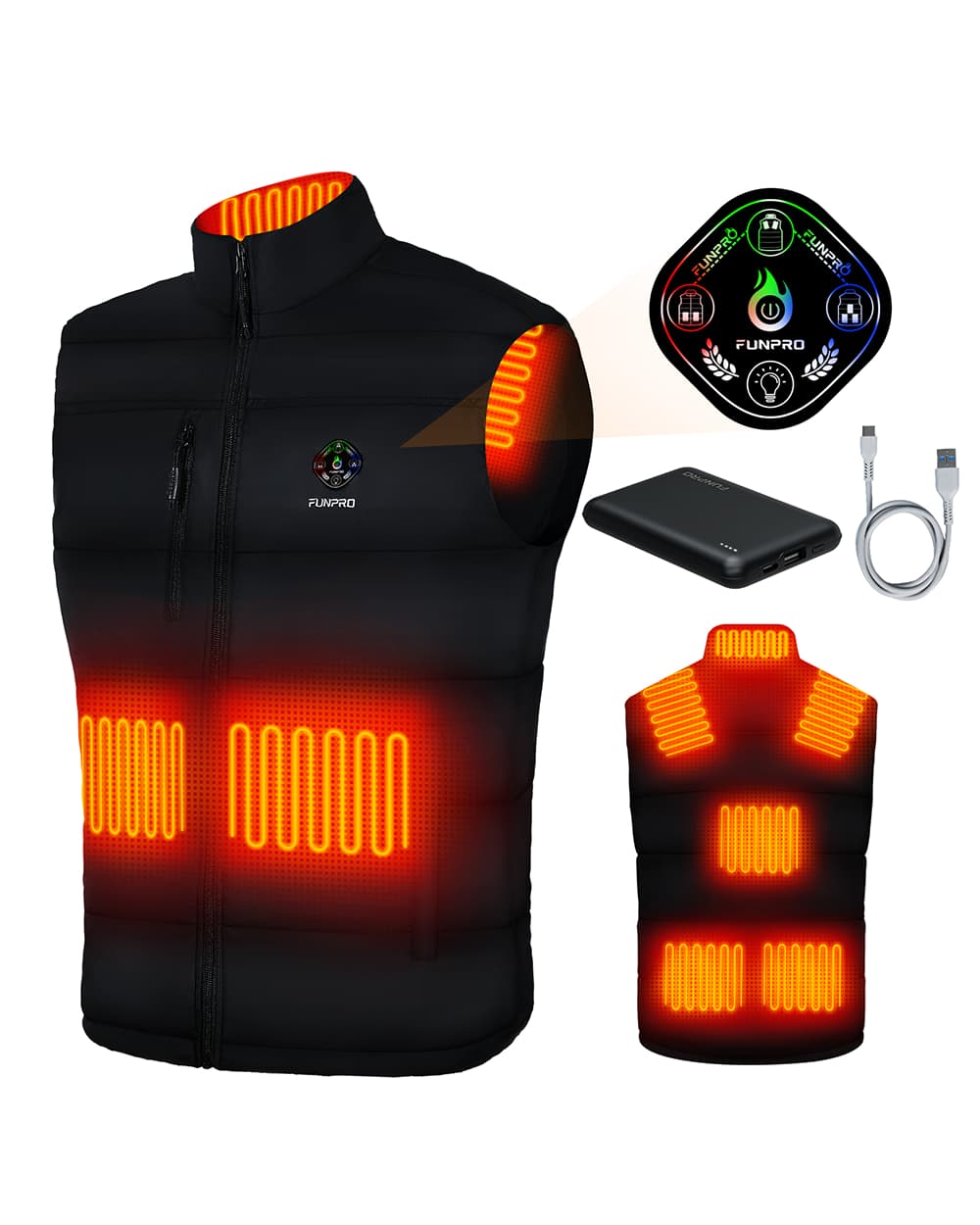
Heated clothing is a modern solution to staying warm during cold weather. It combines advanced technology with functional design to provide you with consistent warmth. Whether you're braving the outdoors or simply commuting, heated clothing ensures you stay comfortable without the need for bulky layers.
Definition and Overview
At its core, heated clothing is apparel equipped with built-in heating elements. These elements generate heat when powered by a rechargeable battery. The design focuses on warming key areas of your body, such as your chest, back, arms, or feet. From jackets to gloves, heated clothing comes in various forms to suit your needs.
How Heated Clothing Works
Heating Elements and Materials
The magic of heated clothing lies in its components. Here's what makes it work:
- Heating Elements: Thin carbon fiber or metal wires are integrated into the fabric. These materials are chosen for their efficiency in conducting heat.
- Materials: Durable fabrics like nylon and polyester are common. They resist water and wear, ensuring your heated clothing lasts. Soft materials like fleece add comfort.
| Material | Properties |
|---|---|
| Nylon | Water-resistant, durable |
| Polyester | Water-resistant, durable |
| Fleece | Soft, comfortable |
| Carbon Fiber | Efficient heating element |
| Metal Wires | Conductive, used for heating |
Power Sources and Battery Life
Heated clothing relies on rechargeable batteries to function. These batteries connect to the heating elements, providing adjustable heat levels. Most garments, like a heated vest, use lightweight batteries that last for hours. Some even include USB ports, so you can charge your phone on the go.
Types of Heated Clothing
Heated Vest: A Game-Changer in Winter Wear
A heated vest is one of the most versatile options available. It focuses on warming your core, which helps regulate your overall body temperature. Lightweight and easy to layer, it’s perfect for outdoor activities or everyday wear. With adjustable heat settings, you can customize your comfort no matter the weather.
Jackets, Coats, and Accessories
Heated jackets and coats are ideal for extreme cold. They often feature multiple heating zones and smart temperature controls. Accessories like gloves and socks ensure your hands and feet stay warm, making them great for outdoor adventures.
| Type | Description |
|---|---|
| Heated Jackets | Versatile with multiple heating zones and adjustable temperature controls. |
| Heated Vests | Provides core body warmth, ideal for layering in fluctuating temperatures. |
| Heated Gloves | Designed for outdoor activities, featuring smart heating technology for customizable warmth. |
| Heated Socks | Offers thermal protection for feet during cold weather adventures. |
Key Benefits of Heated Clothing
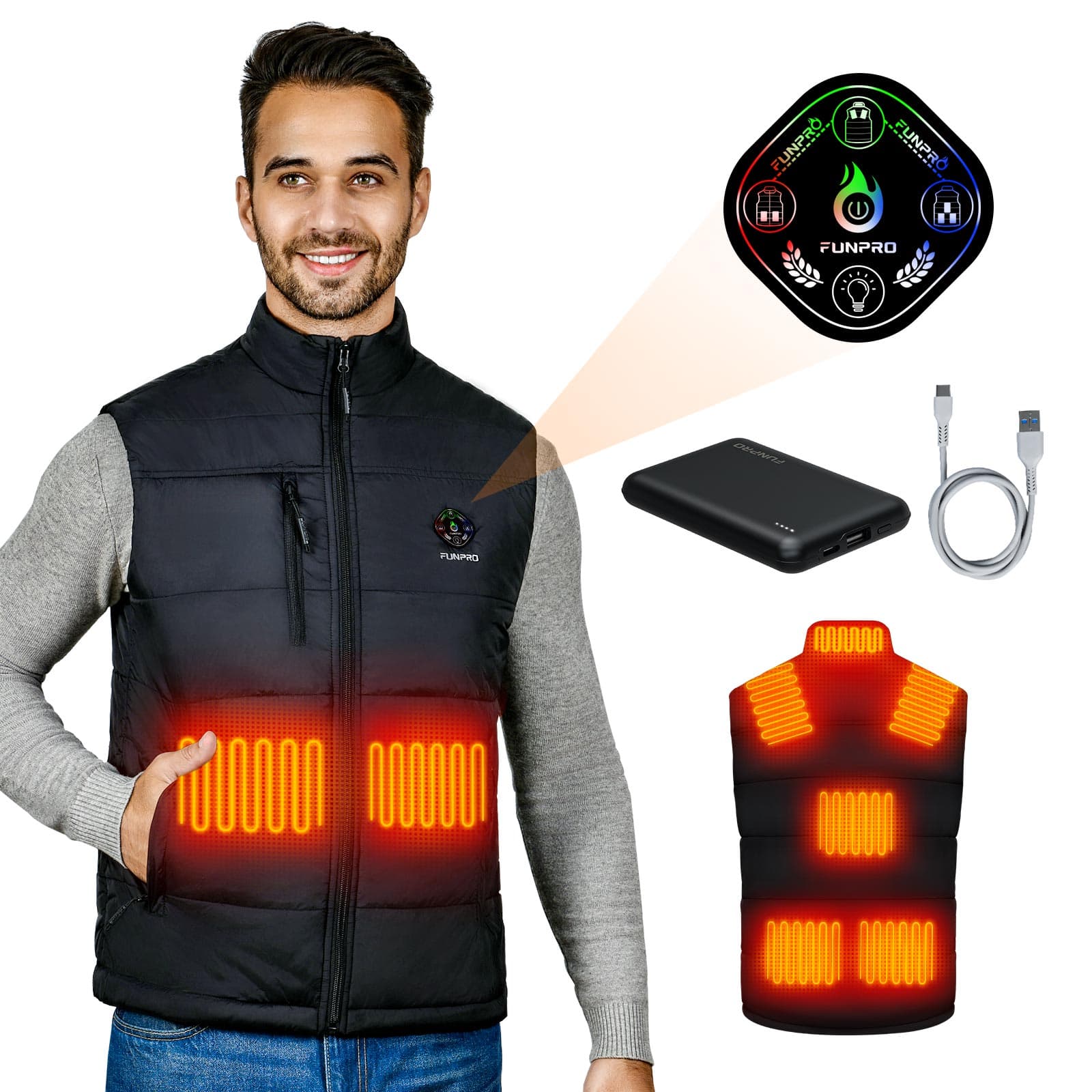
Enhanced Warmth and Comfort
Heated clothing takes your winter experience to a whole new level. Unlike traditional winter wear, it actively generates heat, keeping you warm even in freezing conditions. You don’t have to rely on bulky layers anymore. Instead, you get consistent warmth in extreme temperatures while enjoying greater mobility.
Here’s why heated clothing stands out:
- Provides targeted warmth to key areas like your core, back, and shoulders.
- Lightweight and flexible, making it easier for you to move around.
- Adjustable heat settings let you customize your comfort level.
A heated vest, for example, focuses on warming your core, which is more efficient than piling on heavy jackets. Whether you’re hiking or just running errands, you’ll feel cozy without sacrificing comfort or style.
Versatility for Various Activities
Heated clothing isn’t just about staying warm—it’s about staying active. Whether you’re hitting the slopes or commuting to work, it adapts to your lifestyle.
Outdoor Sports and Recreation
Love winter sports? Heated clothing has your back. It keeps you warm while skiing, snowboarding, or even ice skating. You can focus on the thrill of the activity instead of worrying about the cold. It’s also perfect for hiking or camping, making those chilly adventures more enjoyable.
Everyday Wear and Commuting
For your daily routine, heated clothing is a game-changer. Imagine stepping out on a frosty morning and feeling warm instantly. Whether you’re walking to work or enjoying a stroll in the park, it provides targeted warmth where you need it most. No more shivering while waiting for the bus!
Technological Innovation
Heated clothing isn’t just functional—it’s smart. Advanced technology makes it more efficient and user-friendly than ever before.
Smart Temperature Control Systems
Modern heated clothing uses micro carbon fibers as heating elements. These fibers are thin yet strong, providing effective warmth without adding weight. Some garments even use far infrared heating, which penetrates your skin to improve circulation and reduce muscle stiffness. This isn’t just warmth—it’s wellness.
Integration with Mobile Apps
Imagine controlling your heated vest with your phone. Many heated garments now feature Bluetooth connectivity, letting you adjust heat levels remotely. You can fine-tune your comfort with just a few taps, making it easier to stay warm in any situation.
| Technological Innovation | Description |
|---|---|
| Micro Carbon Fibers | Thin, strong fibers that serve as heating elements due to their superior electrical conductivity. |
| Far Infrared Heating | A type of heat radiation that penetrates deeper into the skin, providing direct warmth to the body. |
| Bluetooth Connectivity | Allows wearers to adjust heat levels remotely via smartphone apps. |
| Advancements in Battery Tech | Improved battery life, faster charging, and lighter batteries enhance user experience. |
Heated clothing combines innovation with practicality, ensuring you stay warm, comfortable, and stylish all winter long.
Trends Driving the Adoption of Heated Clothing
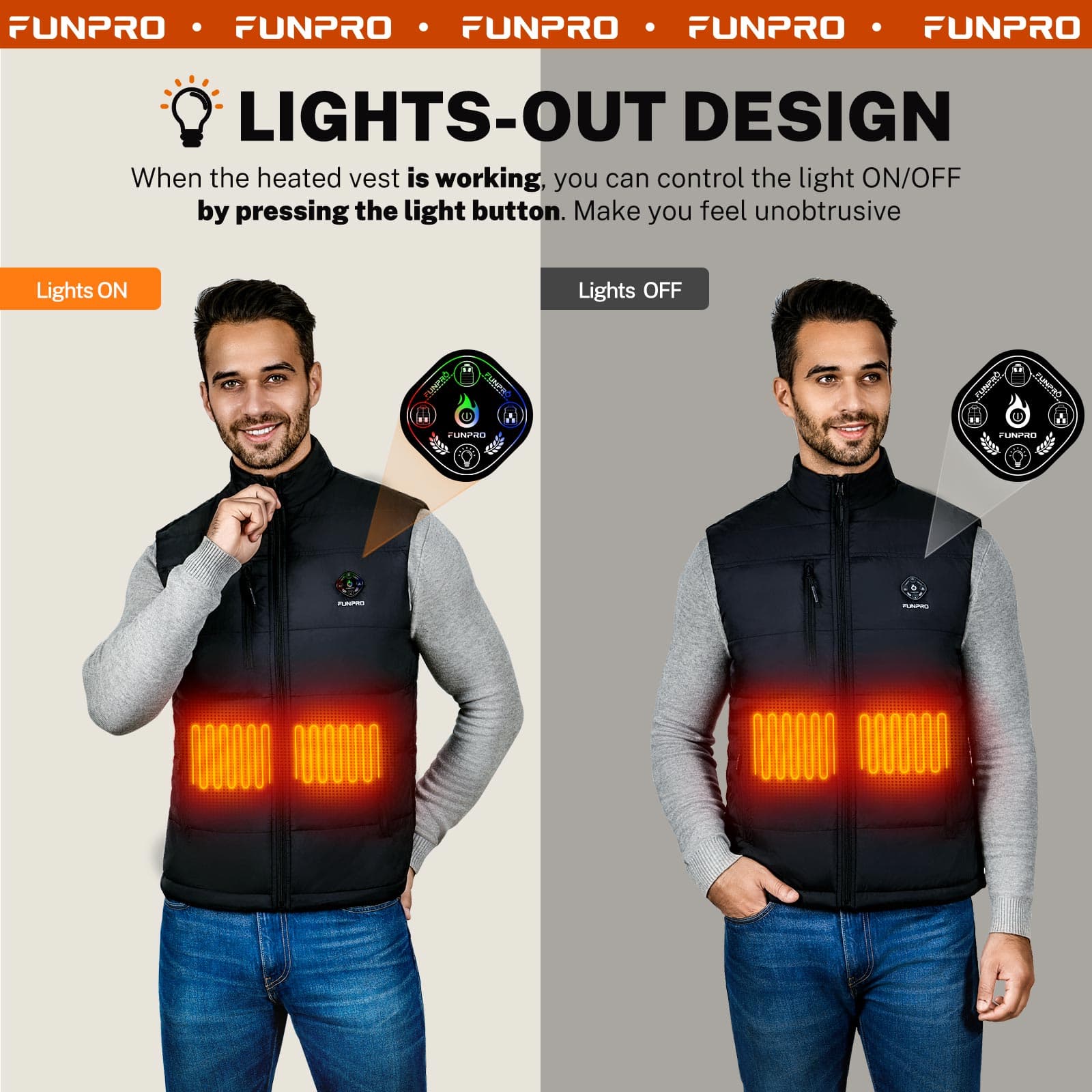
The Rise of Smart Technology in Fashion
Smart technology is transforming the way you experience winter fashion. Heated clothing now integrates features that make staying warm easier and more convenient. For example:
- You can control the temperature of your heated vest or jacket through a smartphone app.
- Some garments offer wireless connectivity, letting you adjust heat levels remotely.
- Customizable heat zones allow you to focus warmth on specific areas, like your back or shoulders.
Advancements in battery technology also play a big role. Modern batteries last longer, so you can enjoy hours of consistent warmth. These innovations make heated clothing not just functional but also incredibly user-friendly. Imagine skiing or hiking and adjusting your jacket’s heat with just a tap on your phone. That’s the future of winter wear.
Sustainability and Energy Efficiency
Heated clothing is also leading the charge in sustainable fashion. Manufacturers are using eco-friendly materials like recycled fabrics and organic cotton. This shift helps reduce waste and aligns with your desire for greener choices.
Energy efficiency is another key factor. Heated garments consume less energy than traditional heating methods. Adjustable heat settings and heat-reflecting materials ensure you stay warm without wasting power. Some brands even explore solar-powered heating solutions, making your winter wardrobe even more sustainable. By reducing the need for multiple layers, heated clothing minimizes material usage and promotes longer-lasting garments.
Demand for Versatile and Stylish Winter Wear
You want winter wear that looks good and works well. Heated clothing delivers on both fronts. Sleek, lightweight designs make these garments easy to wear while maintaining a modern aesthetic. Features like Bluetooth connectivity add a tech-savvy edge, letting you adjust heat levels without compromising style.
This versatility extends to various lifestyles. Whether you’re skiing, working outdoors, or managing a medical condition, heated clothing adapts to your needs. It’s not just about staying warm—it’s about staying comfortable and confident in any situation. Plus, the use of sustainable materials ensures you can look great while supporting the environment.
Advantages Over Traditional Winter Wear
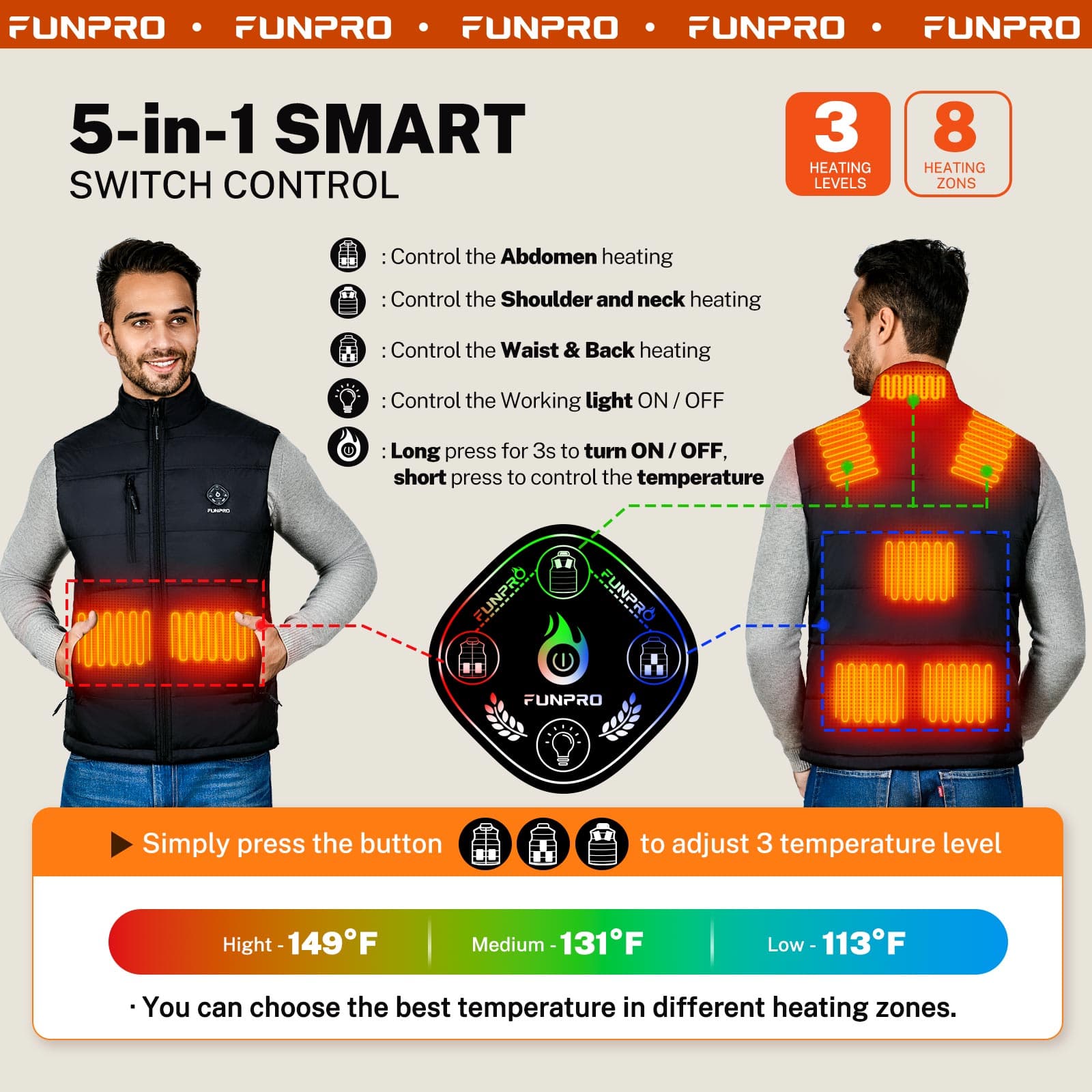
Superior Warmth Without Bulk
Heated clothing redefines how you stay warm in winter. Unlike traditional bulky layers, it delivers targeted warmth exactly where you need it. This means you can move freely without feeling weighed down. Whether you're hiking, skiing, or just running errands, heated clothing keeps you comfortable and mobile.
- It allows for greater flexibility and freedom of movement.
- Lightweight designs enhance comfort during activities.
- You won’t feel restricted like you would with thick, heavy layers.
A heated vest, for example, focuses on warming your core. This approach is more efficient than piling on multiple layers. With adjustable heat settings, you can customize the warmth to match your needs. You’ll stay cozy without sacrificing style or comfort.
Heated clothing provides targeted warmth exactly where you need it. Each piece is equipped with adjustable heat settings and strategically placed heating zones, giving you full control over your comfort.
Adaptability to Changing Temperatures
Winter weather can be unpredictable, but heated clothing adapts effortlessly. Built-in heating elements let you adjust the temperature to match your surroundings. Whether it’s a chilly morning or a freezing evening, you’ll stay comfortable all day.
- Heated garments actively generate heat, unlike traditional wear that relies on insulation.
- Adjustable settings let you maintain comfort in varying cold conditions.
- Consistent warmth ensures you’re prepared for any temperature drop.
This adaptability makes heated clothing perfect for outdoor adventures or daily commutes. You won’t have to worry about overheating or feeling too cold. Just tweak the settings, and you’re good to go.
Modern and Sleek Designs
Heated clothing doesn’t just keep you warm—it looks great too. Designers use lightweight materials like carbon fibers for heating elements, ensuring the garments remain stylish and functional. Heating zones are strategically placed for even warmth without adding bulk.
- Lightweight and flexible materials make the clothing comfortable to wear.
- Sleek designs blend heating technology with urban and outdoor styles.
- You’ll find options that suit everything from rugged adventures to city life.
With heated clothing, you don’t have to choose between fashion and function. It’s the perfect blend of modern design and cutting-edge technology, keeping you warm while looking your best.
Challenges and Opportunities in the Heated Clothing Market
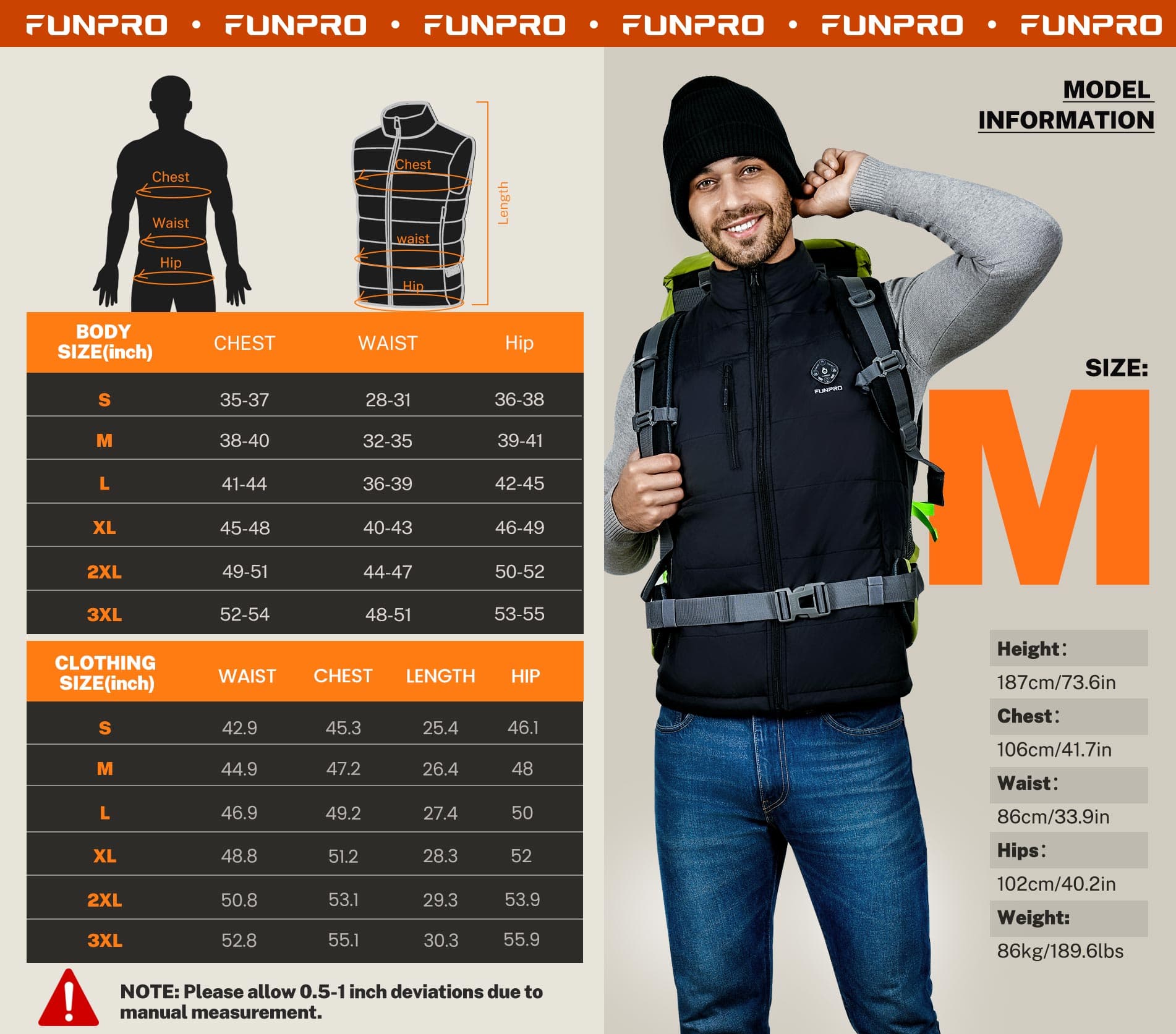
Cost Barriers and Affordability
Heated clothing offers incredible benefits, but its price tag can be a hurdle for many. You might notice that these garments often cost more than traditional winter wear. This higher price can make it less appealing if you're on a budget. Why is it so expensive? The advanced technology, durable materials, and rechargeable batteries all contribute to the cost.
Other factors, like seasonal demand, also play a role. Retailers face challenges managing inventory since heated clothing is mostly in demand during colder months. Additionally, safety regulations and compliance requirements can increase production costs, which trickle down to you as the consumer.
To make heated clothing more accessible, manufacturers are exploring ways to lower costs. Bulk production, partnerships with fashion brands, and increased market awareness could help bring prices down. As the market grows, you might see more affordable options without compromising quality.
Durability and Maintenance Concerns
Durability is another concern you might have when considering heated clothing. The heating elements and batteries need to last through repeated use, but they can wear out over time. Proper maintenance is essential to keep your heated vest or jacket in top shape.
For example, you’ll need to recharge the batteries regularly and follow specific washing instructions. Some garments require you to remove the battery before cleaning, which can feel inconvenient. Routine checks of the wiring and heating components are also necessary to ensure safety and functionality.
Despite these challenges, many brands are improving the durability of their products. High-quality materials, like carbon nanofibers, and advancements in battery technology are making heated clothing more reliable. With proper care, your heated apparel can last for years.
Potential for Innovation and Growth
Advances in Battery Technology
Battery technology is evolving rapidly, and that’s great news for heated clothing. Modern batteries are lighter, more efficient, and longer-lasting. For instance, a 7V battery can power your heated vest for up to 10 hours on a single charge. Many batteries now include USB charging, so you can recharge them easily, even on the go.
Smart features are also becoming more common. Imagine a jacket that adjusts its heat automatically based on the temperature around you. These advancements not only improve your experience but also make heated clothing more sustainable by reducing energy waste.
Expanding Product Lines
The heated clothing market has so much room to grow. Manufacturers are exploring new opportunities to meet your needs.
- Emerging Markets: Heated clothing is gaining popularity in developing regions where winters can be harsh.
- Fashion Collaborations: Partnerships with top fashion brands are making heated apparel more stylish and trendy.
- Healthcare Applications: Heated garments can help people with medical conditions like arthritis or poor circulation.
- Eco-Friendly Options: Sustainable materials and energy-efficient designs are becoming a priority.
These innovations mean you’ll have more choices, from sleek urban designs to rugged outdoor gear. Heated clothing is no longer just about staying warm—it’s about staying ahead of the curve.
Heated clothing is changing how you think about winter fashion. It combines warmth, style, and cutting-edge technology to keep you comfortable in any cold-weather situation. With features like app-controlled heating and eco-friendly materials, it’s clear this trend is here to stay.
You’ll love how heated clothing adapts to your needs. Whether it’s a heated vest for outdoor adventures or a jacket for your daily commute, these garments offer unmatched versatility. They reduce the need for bulky layers, making them a sustainable and stylish choice. As more people embrace this innovation, heated clothing is set to become a winter wardrobe essential.
🔥 Stay warm, stay stylish, and step into the future of winter wear with heated clothing!
FAQ
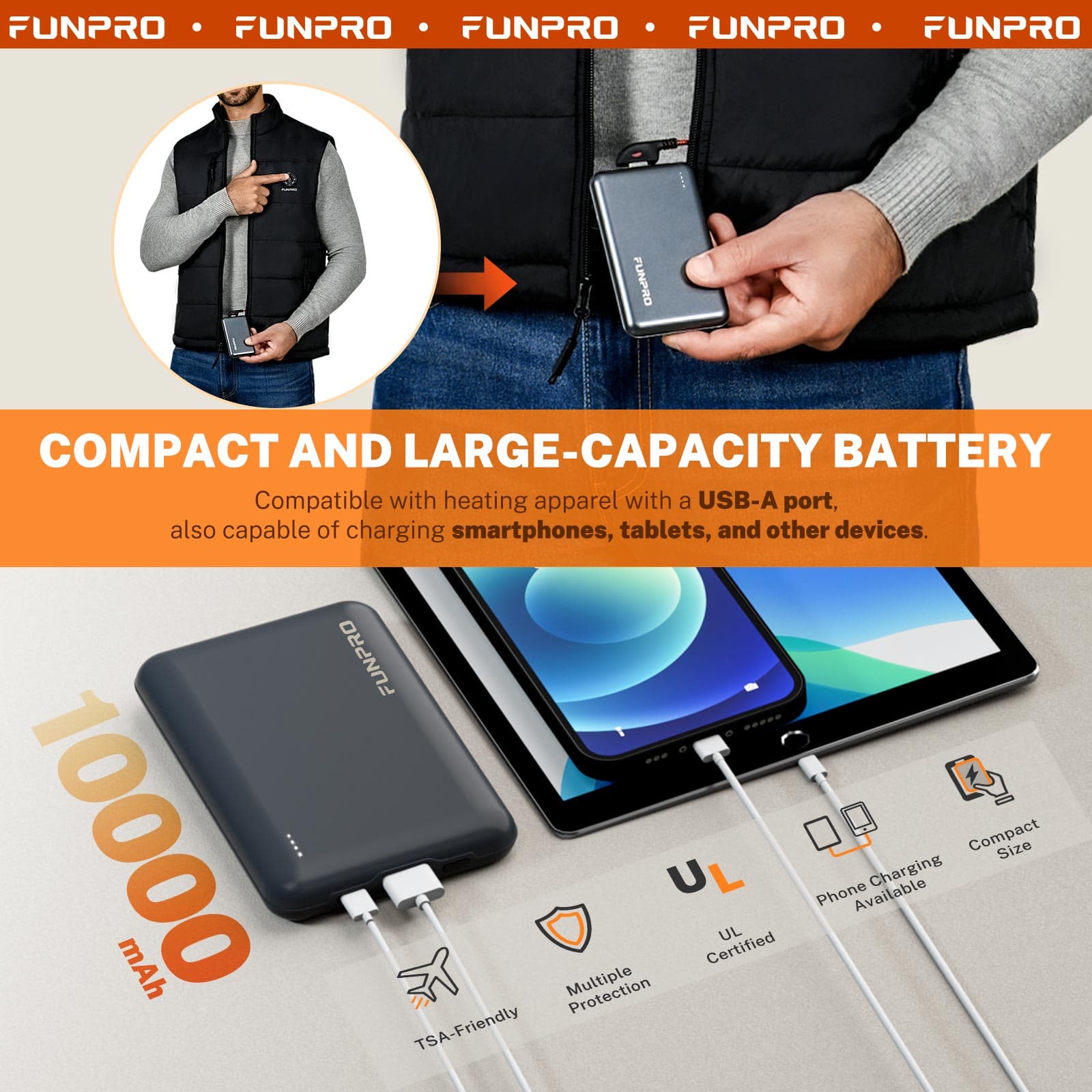
What is the best way to wash heated clothing?
You should always remove the battery before washing. Most heated clothing can be hand-washed or machine-washed on a gentle cycle. Use mild detergent and avoid bleach. Air-dry your garment to maintain its quality.
🧼 Tip: Check the care label for specific washing instructions to keep your heated clothing in top shape.
How long does the battery last in heated clothing?
Battery life depends on the heat setting and capacity. On average, a fully charged battery lasts 6-10 hours. Lower heat settings extend battery life, while higher settings use more power.
🔋 Note: Always carry a spare battery for extended outdoor activities.
Can I wear heated clothing in the rain or snow?
Yes, most heated clothing is water-resistant, making it safe for light rain or snow. However, avoid submerging it in water. The heating elements and battery are designed to handle moisture but not full immersion.
🌧️ Reminder: Double-check your garment’s water-resistance rating before heading out.
Is heated clothing safe to use?
Absolutely! Heated clothing uses low-voltage batteries, making it safe for everyday use. Modern designs include safety features like overheat protection and automatic shut-off.
✅ Pro Tip: Stick to trusted brands with certified safety standards for peace of mind.
Can I use heated clothing for medical conditions?
Yes, heated clothing can help with conditions like arthritis or poor circulation by improving blood flow and reducing stiffness. Always consult your doctor before use if you have specific health concerns.
🩺 Advice: Heated clothing is a great option for added comfort, but medical guidance ensures safe use.